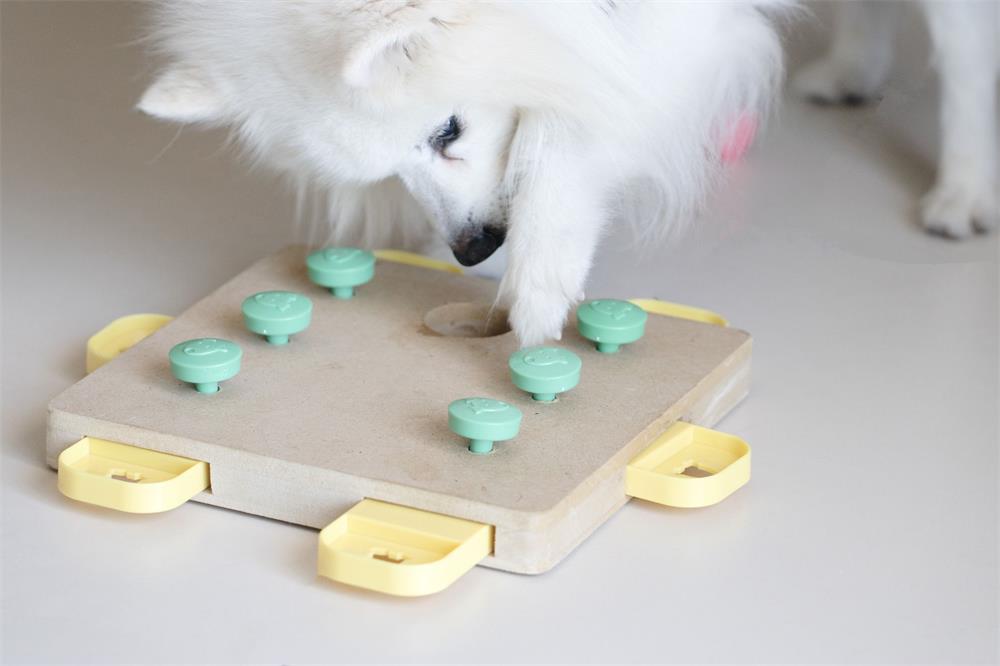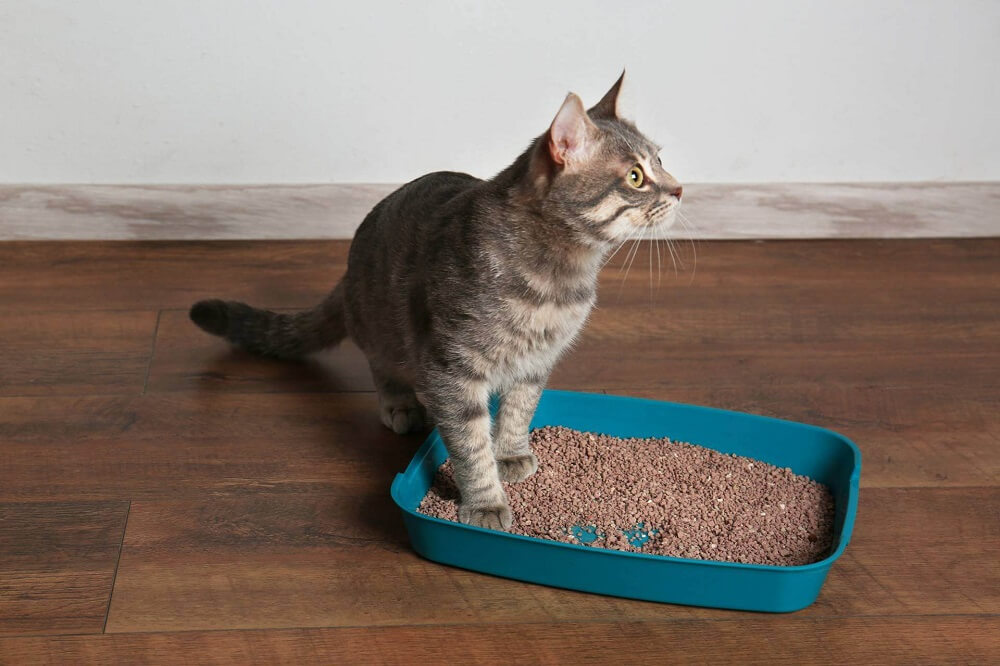Cats are fascinating creatures, and they can make wonderful companions. However, training them can be a challenge, especially if you’re new to cat ownership. While cats might not be as responsive to commands as dogs, they can still be trained to do certain things. In this article, we’ll explore some tips and tricks to help you train your cat.
- Start with the Basics
Before you can train your cat to do anything, you need to establish a good relationship with them. This means spending time with your cat, playing with them, and giving them lots of attention. Once your cat feels comfortable around you, you can start introducing some basic commands.
Some basic commands to start with include “come,” “sit,” and “stay.” To teach your cat to come when called, simply call their name and reward them with a treat when they come to you. For “sit,” hold a treat above your cat’s head and say “sit” as they look up. They will naturally sit down to get a better view of the treat. For “stay,” hold your hand out and say “stay” as your cat is sitting. Then, take a step back and reward them if they stay put.
- Use Positive Reinforcement
Positive reinforcement is the most effective way to train a cat. This means rewarding good behavior with treats or praise. Cats respond well to treats, so it’s a good idea to have some on hand when you’re training them.
When your cat does something good, such as coming when called or using the litter box, give them a treat and lots of praise. This will reinforce the behavior and encourage them to do it again in the future. However, be careful not to overdo it with treats, as this can lead to obesity and other health problems.
- Be Patient
Training a cat takes time and patience. Cats are independent creatures, and they might not respond to commands right away. Don’t get frustrated if your cat doesn’t do what you want them to do. Instead, be patient and keep trying.
If your cat is not responding to a particular command, try breaking it down into smaller steps. For example, if you’re trying to teach your cat to sit, start by rewarding them for just looking up at you when you say “sit.” Then, reward them for sitting for a second or two, and gradually increase the amount of time they stay in the sitting position.
- Use Clicker Training
Clicker training is a popular method of training cats (and dogs). It involves using a small device that makes a clicking sound when pressed. The clicker is used to mark good behavior, and the cat is then rewarded with a treat.
To use clicker training, first, teach your cat to associate the sound of the clicker with a reward. This is done by clicking the clicker and immediately giving your cat a treat. Repeat this several times until your cat begins to associate the clicker with a reward.
Once your cat understands the concept of clicker training, you can start using it to teach them various commands. For example, you can click the clicker when your cat sits, and then give them a treat. Over time, your cat will start to associate the sitting position with the clicker and the treat.
- Don’t Punish Your Cat
Punishing your cat for bad behavior is not an effective way to train them. Cats don’t understand punishment in the same way that humans do, and it can lead to fear and anxiety. Instead of punishing your cat, try to redirect its behavior.
For example, if your cat is scratching the furniture, give them a scratching post or a cardboard box to scratch instead. If your cat is jumping on the counter, try placing a sheet of aluminum foil on the counter. Cats don’t like the texture of aluminum foil and will usually avoid it.
- Make Training Fun
Training your cat should be a fun and rewarding experience for both you and your cat. Make sure to keep training sessions short and fun, and always end on a positive note. Use treats, toys, and lots of praise to keep your cat engaged and motivated.
You can also try using toys to teach your cat various commands. For example, you can use a toy mouse to teach your cat to come when called. Simply call your cat’s name and then toss the mouse a short distance away. When your cat goes to get the mouse, reward them with a treat.
- Be Consistent
Consistency is key when it comes to training your cat. Make sure to use the same commands and rewards every time you train your cat, and always follow through with your commands. If you’re inconsistent, your cat will become confused and may not respond to your commands.
It’s also important to be consistent with your cat’s routine. Cats thrive on routine, so try to feed them at the same time every day, and make sure they have plenty of playtime and rest time throughout the day.
- Consider Hiring a Professional
If you’re having trouble training your cat, or if you want to teach your cat more advanced commands, you might consider hiring a professional cat trainer. A cat trainer can provide you with personalized advice and guidance on how to train your cat effectively.
When choosing a cat trainer, make sure to do your research and find someone who is experienced and qualified. Look for trainers who use positive reinforcement techniques and have a good track record of working with cats.
Conclusion
Training your cat can be a fun and rewarding experience, but it does take time and patience. Start with the basics, use positive reinforcement, be patient, and make training fun. Remember to be consistent and avoid punishing your cat for bad behavior. If you’re having trouble, consider hiring a professional cat trainer. With the right approach and a little bit of effort, you can train your cat to do all sorts of amazing things.







